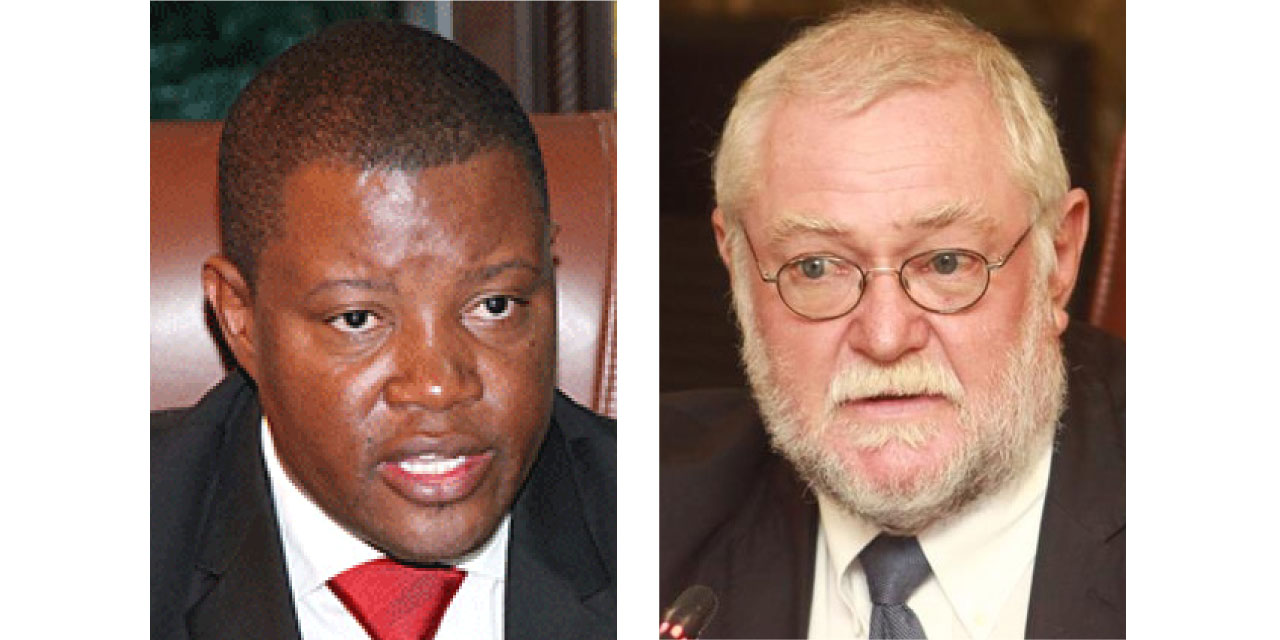Stefanus Nashama
Popular Democratic Movement Leader, McHenry Venaani, has called on the Minister of Agriculture, Water and Land Reform, Calle Schlettwein to speed up the process of targeted interventions and modalities for cloven-hoofed animals to be supplied south of the veterinary cordon fence also known as the Red Line.
Venaani said this is appropriate to ensure that veterinary facilities such as quarantine facilities and all related agricultural infrastructure and architecture are of the necessary quality to provide farmers north of the Red Line with the necessary access to the lucrative markets available to farmers to the south of the line.
He said the agriculture minister should work committedly towards dilapidated veterinary facilities since Namibia’s agricultural exports contribute a great deal to the economy of the country.
Although the Government took a decision in February to compel its entities to buy meat products from suppliers north of the Red Line, Venaani remains worried about the dilapidated veterinary facilities in the northern regions.
In response to this, the Minister of Agriculture, Water and Land Reform, Calle Schlettwein said that they will speed up the process despite only receiving a budget a few weeks ago.
“Venaani should know that we were waiting for the budget, and that was the main challenge for the Ministry to finalize the process,” he said.
The minister said for now they are making sure the growth of the economy on both sides of the red line is doing well.
He further said his ministry is moving some parts of the red line, but this will take a while because of all the necessary and required processes and procedures since the crossroad of cattle is dangerous for bringing possible diseases.
Schlettwein also indicated that the Ministry is closely working to finish some of the dilapidated veterinary facilities in the northern region, and other parts of the regions, including Kunene.
Venaani said an estimated 1.5 million cattle in northern communal areas remain in the existence of an untapped market with a relatively large herd size finding itself in a huge informal market.
He said Namibia’s beef exporting industry has built a reputation as an industry that is committed to high standards, adding that beef exports play an important role in the Namibian agricultural economy.
However, Venaani acknowledged that stringent disease-control measures are crucial in sustaining Namibia’s beef exporting industry.
Venaani noted that small stock farms in the Omusati and Kunene regions that ought to benefit from good prices are negatively affected by a lack of infrastructure in the form of quarantine facilities.
Namibia’s beef exporting industry has enabled the country to export meat to countries in the European Union and other countries in the world.
“The red line does not only divide the large plots of private land from communal grazing grounds, but it clearly delineates a border between the developed and developing world,” he stated. He also said towns and settlements are bleak and a bit squalid, a mixture of rundown shops and large flea markets.
The red line is a stock disease control mechanism that protects Namibia’s beef exporting industry from stock diseases such as foot and mouth and lung sickness.
However, the history of the red line is a controversy that dates back to the early years of Germany’s colonial rule over Namibia and has since become a political boundary in German South West Africa.




